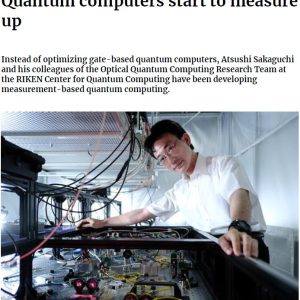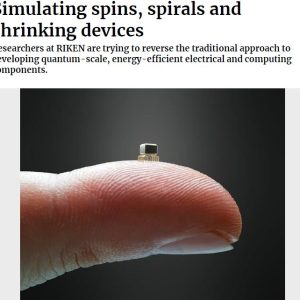
HYDROGEN PICK-UP BEHAVIOR IN ZIRCONIUM ALLOYS
₩4,000
Zirconium alloy fuel cladding corrosion and the associated hydrogen pickup is a critical life-limiting degradation mechanism for nuclear fuel in existing and advanced nuclear reactors, since the ingress of hydrogen can cause embrittlement. Past studies used destructive techniques, such as hot vacuum extraction, to measure hydrogen but knowledge of the pickup variation with corrosion and the pickup mechanism is lacking. This research investigated the mechanistic link between hydrogen pickup, oxidation rate, alloy chemistry, and microstructure on a wide selection of zirconium alloys. This study combined the non-destructive technique of Cold-Neutron Prompt-Gamma Activation Analysis, with the usual destructive techniques,. This technique allows precise determinations of hydrogen content, (and thus the hydrogen pickup fraction at various stages of corrosion), and the ability to perform several measurements on a single sample, thus removing the sample-to-sample variability. The results obtained are discussed and related to the overall corrosion kinetics and to the oxide microstructure. It is shown that the hydrogen pick-up fraction increases before the weight gain transition for Zircaloy-4 and ZIRLO alloys and thus, appears to not depend on the oxidation kinetics. It is also shown that precipitate size plays a role in hydrogen pick-up whereas precipitate volume fraction does not have a significant effect on hydrogen absorption. Finally, the oxidation state of the alloying element in the oxide layer appears to play a role both on oxidation kinetics and hydrogen pick-up.





상품평
아직 상품평이 없습니다.